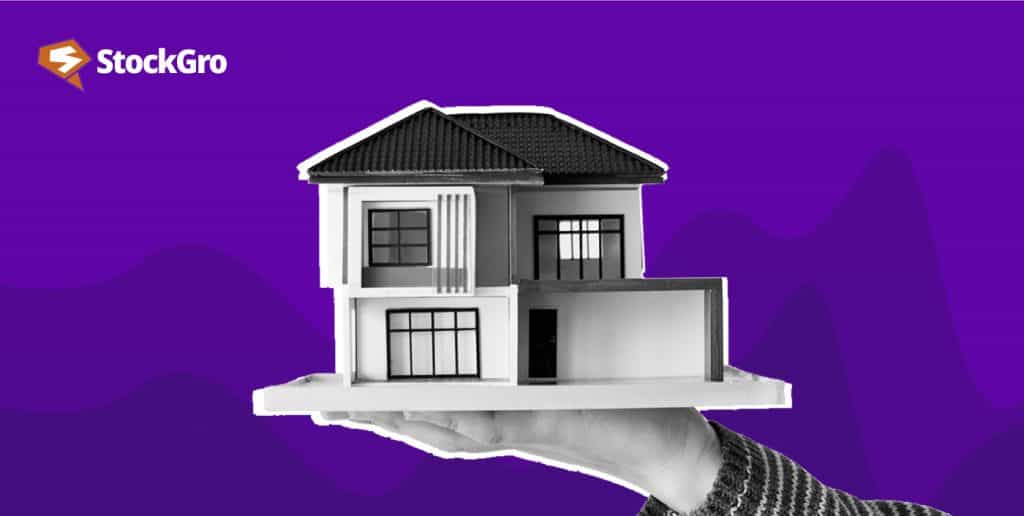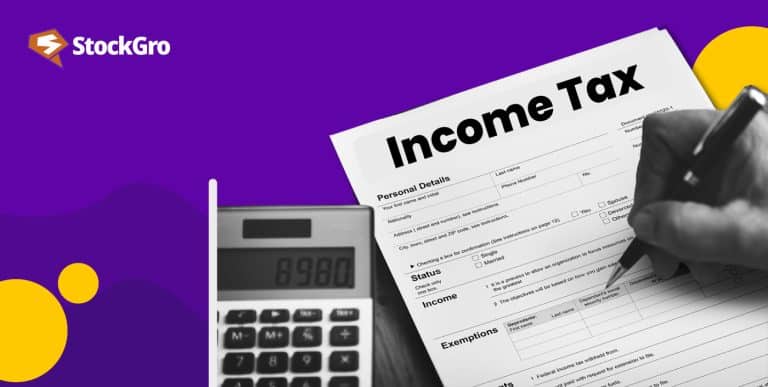
In this article, we’re going to run through the several ways in which properties in India can be valued, and understand the drivers and variables behind these valuations in detail.
Valuing a property in India
Understanding the how to calculate market value of your property is very important for several reasons.
- You could make informed decisions as a buyer or seller of properties in the market. As a buyer, you could avoid overpaying and ensure that you get a fair deal. As a seller, you can price your property competitively to attract potential buyers and achieve a faster sale.
- Having the necessary background information required to value properties correctly gives you leverage when negotiating the buying or selling process. You can use property data and your own valuation criteria to convince the other party of giving you a better deal.
CTA: Real estate investing for beginners
Valuation methods
Here are some valuation methods widely used to calculate market value of a property in India.
The Belt Method
The belting method is used to calculate market value of large properties in urban areas around the country. The belting method divides the plot into three belts and assigns a specific price range to each belt. As per rules, the belt closest to roads receives the highest value. The second belt is assigned two-thirds of the value of the first belt, and the third belt is assigned one-half of the value of the first belt.
Development method
Using this approach, you calculate market value based on potential of a house or plot to be used for development in the surrounding area, inclusive of any development plans that are already public. This lets the plot get valued on what the market perceives the value of the plot to be, depending on future infrastructure developments.
CTA: 7 advanced real estate investment strategies in India
Comparative method
This method involves comparing your property with similar ones nearby to calculate market value the rough value of the plot depending on the geographical location, the affluence of the neighbourhood, proximity to infrastructure of importance, etc. However, it is important to note that other sales transactions might not be accurate, since there are bound to be some variations in direction, size, interiors, and legalities.
Fair Market Value (FMV) method
This method is usually used to calculate market value of flats or apartments that are ready-to-move. The method starts by identifying similar properties with comparable amenities, sixes, and locations to get an idea of how much people pay for similar real estate.
Then, the plot’s per square foot rate is calculated.
Per Sqft Rate = Total Property Value / Super Built Up Area
There are other factors to consider:
- Proximity to other infrastructure: If the property is located next to a metro station, a bus stop, a park, or is at a desirable floor level, you can add a premium to the square footage rate of the property.
- Furnishings: If the flat comes with furnishings attached, the fair market value of these furnishings should also be added to the overall value of the property. Here, you may need to consider depreciation of the furniture too.
CTA: Real estate industry in India
Valuation Drivers for Properties in India
There are several drivers calculate market value of a property in India:
- Location: Properties in prime locations with good connectivity to transportation networks, schools, hospitals, and shopping centres invariably command a premium price.
- Amenities: Developed areas with well-maintained roads, proper drainage systems, reliable power supply, and access to high-speed internet connectivity are more desirable and attract higher prices.
- Size, layout, age, and construction quality: Larger properties with functional layouts, newer properties in good condition with modern amenities, and a reputable builder can all command high prices.
My property is near a busy commercial area. Does that automatically increase its value?
Not necessarily. While proximity to amenities is valuable, constant noise pollution or traffic congestion can deter some buyers, potentially impacting the value.
My ancestral home is in a remote village. How do I determine its value?
Consider alternative valuation methods. If comparable sales data is scarce, a valuers might calculate market value using the “cost approach”. Historical significance or unique architectural features could also hold value for specific buyers.
My property has a rainwater harvesting system. How does that impact value?
In water-stressed areas or with rising water costs, rainwater harvesting can be a major USP. It demonstrates eco-consciousness and reduces reliance on municipal water supply.
What if there’s a sudden infrastructure development project planned near my property?
This can be a double-edged sword. While improved infrastructure typically increases value, there might be short-term disruption during construction. Understanding the project timeline and potential long-term benefits is crucial.
How can I make my property more appealing to buyers during a valuation process?
First impressions matter! Presenting a clean, well-maintained property with minor repairs addressed can create a positive perception. Consider decluttering, staging furniture to enhance space, and letting in natural light for a more inviting atmosphere.

